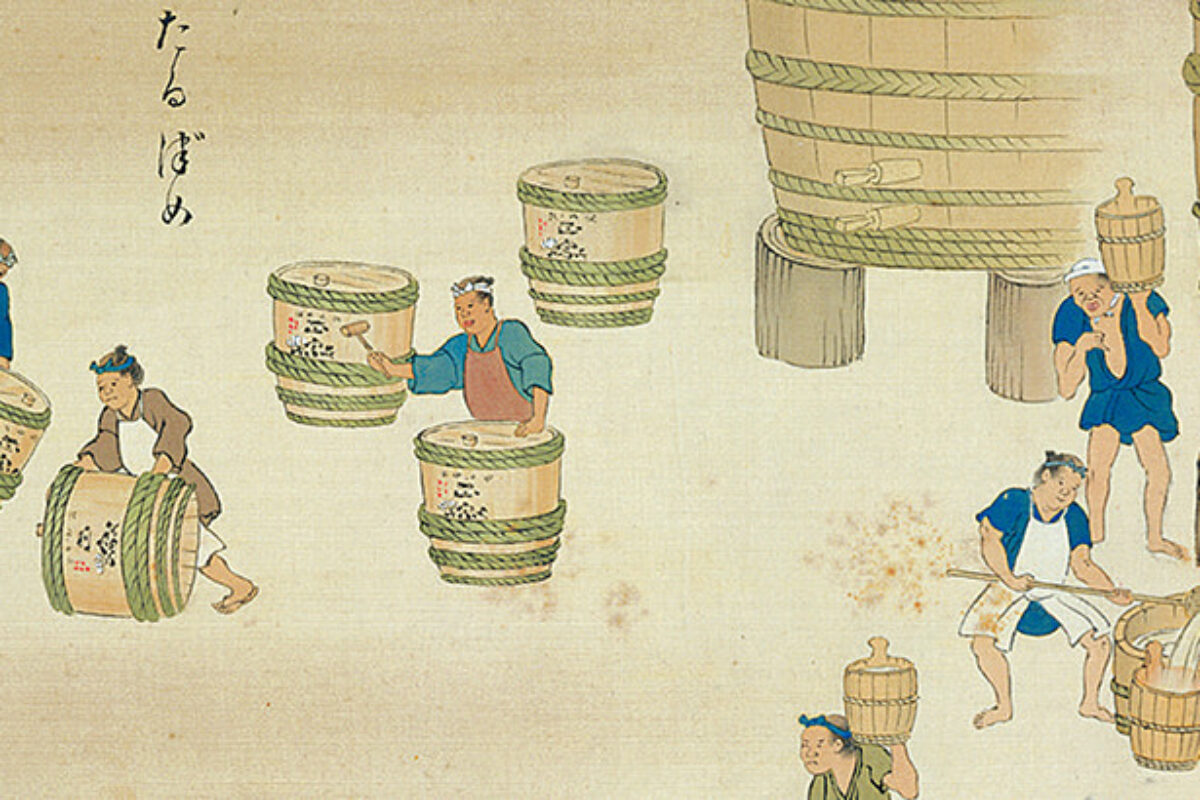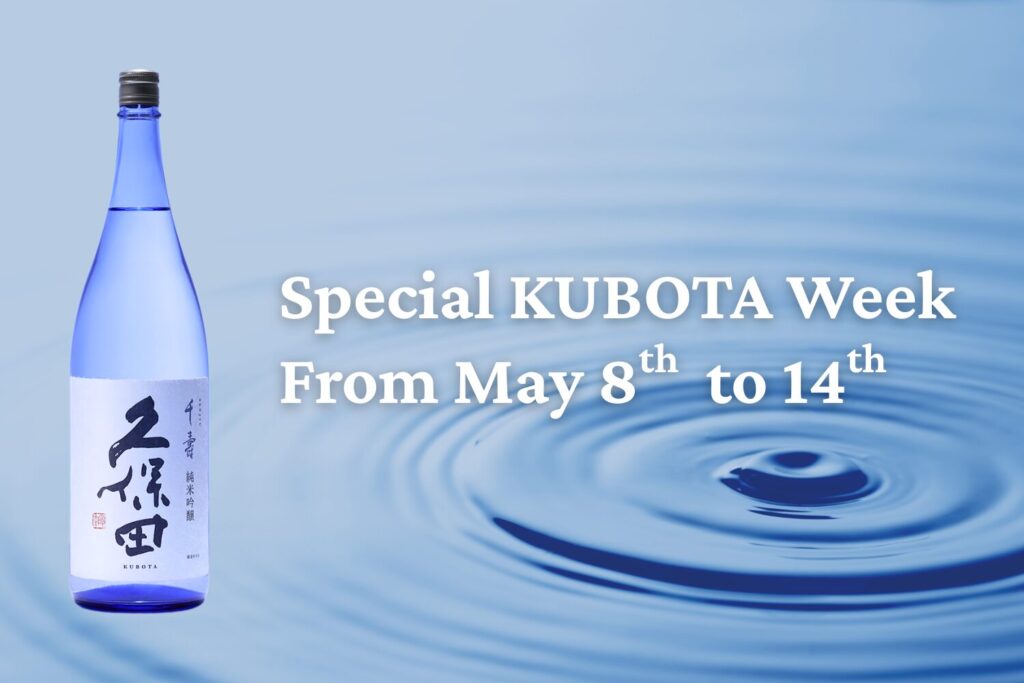Japanese Sake, known as Japanese rice wine, is a drink deeply connected to Japan’s culture and history. It’s not just a beverage but also a symbol of tradition and craftsmanship that has developed over many years. Let’s explore the interesting history of sake from ancient time to today.
The Beginnings of Sake
The history of sake goes back to around 400 BC when rice farming began in Japan. The first time of sake-like drinks appear in Chinese history books called “Records of the Three Kingdoms,” which cover events from 184 to 220 AD.
At first, sake was made by using a method called “kuchikamizake.” People would chew rice and other ingredients and then spit them into a container to ferment. This method has been replaced by using a mold called koji (Aspergillus oryzae), which helps turn the rice starches into sugars that can be fermented.
Sake Through the Ages
1500 AD (About 500 Years Ago)
In the 1500s, sake brewing began to be recognized as a specialized profession in Japan. The first group of sake brewers was mainly located in the Kansai area, which was a hub for business and trade. Notable breweries from this era include “Tsukasabotan(司牡丹)” established in 1603 and “Kiku-Masamune(菊正宗)” established in 1656. Sake from the Kansai region was often delivered to Edo (modern-day Tokyo), which was the capital of Japan at that time. Edo period was a golden age for sake. Breweries flourished, and brewing techniques became highly advanced. Concepts like “taruzake” (sake aged in cider barrels) and “dry sake” (especially popular in Edo, now Tokyo) developed. The quality and variety of sake improved and people widely enjoyed across Japan.
Modern Developments
Meiji Restoration to Early 20th Century (1868-1900s)
The Meiji Restoration in 1868 brought many changes to Japan, including modernizing sake production. Sake made its international debut at the Vienna Expo in 1873. The Japanese government also began regulating sake production with taxing, leading to standardized grades and quality controls.
Recent Years (1980’s to Now)
In the second half of the 20th century, the sake industry faced challenges due to economic changes and shifts in consumer preferences. Many sake brewers had to close their businesses due to high taxes, and people started drinking wine instead. However, the 1980s and 1990s saw a renewed interest in high-quality sake, like “Ginjo”(吟醸) and “Daiginjo”(大吟醸) styles, made with highly polished rice. The “Ginjo” boom started with notable brands like “Kamotsuru”(賀茂鶴) and “Born”(梵).
The quality of sake was inconsistent because of the tax system, but in 1992, the old tax system was abolished. The new system focused on the polish ratio of rice, making quality more understandable for everyone. Thanks to changes in the law that allowed micro breweries, such as “COEDO”(コエドビール), to produce beer, some sake brewers switched to brewing beer. Examples include “Echigo Beer”(越後ビール) famous for rice lager beer.
Sake export to North America
-Sake started to be exported to North America, particularly the United States, around the 1950s. Sake breweries began opening US branches, such as “Sho Chiku Bai”(松竹梅) from “Takara-shuzo”(宝酒造) in 1983, which helped cut freight costs and import duties. Canada began importing sake from the USA in 1983 and from Japan in the early 1990s, with a focus on Ginjo style sake.
Recent Trends and the Future of Sake
Today, sake is known worldwide and exported to many countries. Places like the United States and Canada have seen a rise in sake consumption and even local breweries. Modern consumers appreciate the variety of flavors and rich history of sake. It remains an important part of Japanese culture and social events.
In conclusion, the history of sake shows Japan’s creativity and dedication to craftsmanship. From its simple beginnings to its current status as a celebrated drink worldwide, sake is a journey of cultural evolution and innovation. Whether enjoyed at a traditional Japanese festival or a modern tasting event, sake remains a symbol of Japan’s rich heritage.








 Have you tried ORION BEER??
That is
Have you tried ORION BEER??
That is 

 Beer lovers, don’t miss this!
Beer lovers, don’t miss this!  Green Le
Green Le

 We are pouring Japanese beer s
We are pouring Japanese beer s

